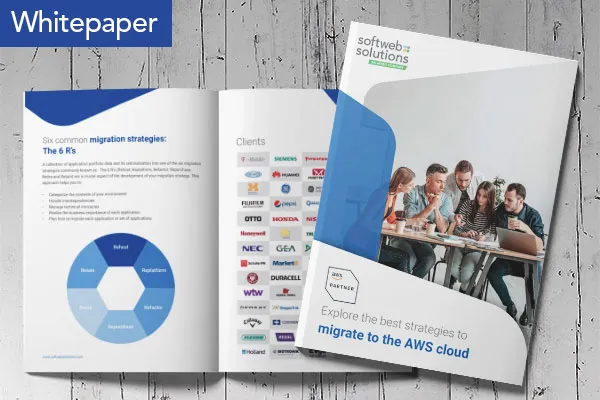Optimizing Cloud Costs: 5 Common Mistakes That Inflate Your Cloud Bills
Embrace cloud automation: Streamline processes, enforce best practices, reduce manual effort, and empower teams for efficiency and cost optimization.
Here are some key cloud statistics:
5 Common mistakes that increase cloud bill and how to avoid them
2. Lack of instance size management
3. Failure to implement a multi-cloud strategy
4. Neglecting orphaned snapshots
Explore the best strategies to migrate to the AWS cloud
The strategic benefits of AWS cost optimization
AWS cost optimization best practices
How Softweb Solutions can help organizations with AWS consulting services
- According to the Flexera State of the Cloud report, 82% of 750 cloud decision makers consider managing cloud spend as their primary challenge, ranking security second at 79% and lack of resources/expertise third at 78%.
- Migrating your business to the public cloud can lead to a reduction in total cost of ownership (TCO) of up to 40%, according to Accenture.
- 27.4% reduction in cost per user
- 67.7% increase in terabytes managed per administrator
- 56.7% decrease in application downtime
- 37.1% reduction in time-to-market for new products and services

- Use the right-sized resources
- Use Spot Instances
- Use Reserved Instances (RIs) and Savings Plans
- Use Auto Scaling
- Use AWS cost management tools
